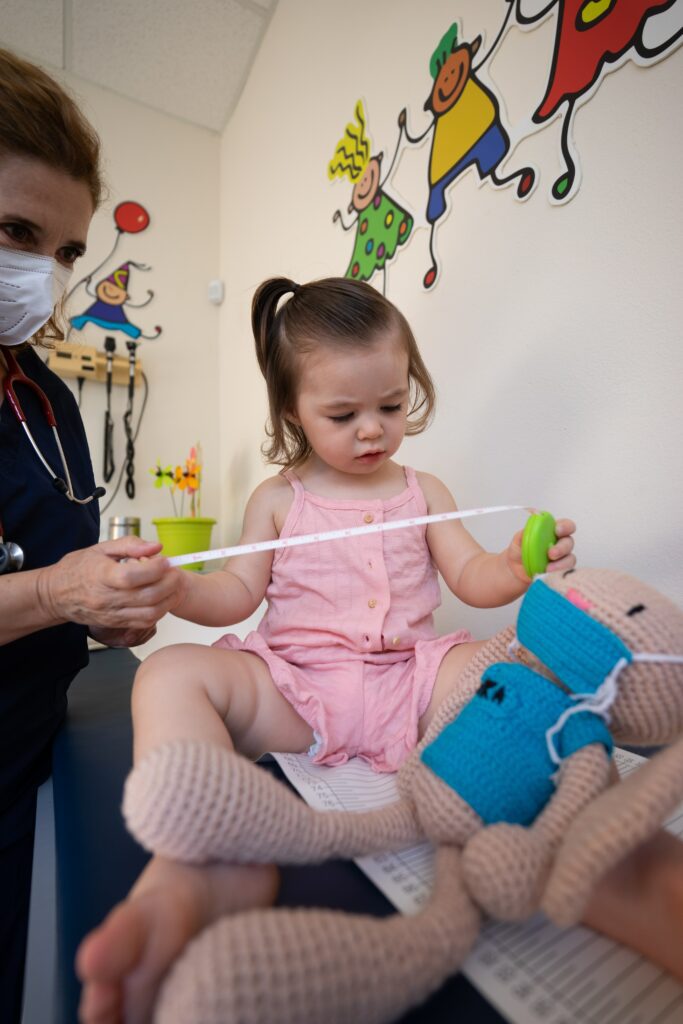
Palo Alto is famous for its breakthrough technology. The California city claims the headquarters of such high-technology companies as Hewlett-Packard, VMware, Tesla Motors, Ford Research and Innovation Center, Palo Alto Research Center, Inc. and Skype.
It has also served as an incubator to several other notable companies such as Google, Facebook, Logitech, Intuit, Pinterest, and PayPal.
Palo Alto also is home to Stanford University and it’s thriving Lucile Packard Children’s Hospital (LPCH). Jane and Leland Stanford, Sr. founded Stanford University in 1891, dedicated to their son who died of typhoid fever in 1884. The children’s hospital was added in 1991 and has over 650 physicians and 4,750 staff and volunteers providing care for babies, children, adolescents, and expectant mothers.
Hospitals are more dependent than ever on technology and LPCH realized its information technology staff needed to work as one seamless unit in order to build upon its rating as one of the Top 10 best children’s hospitals in the United States by U.S. News & World Report.
The CIO wanted to identify areas of strength to leverage and discover gaps in the team’s ability to deliver the required services to the hospital. Connect the Dots (CTD) worked with the CIO and a technology consulting firm to develop and implement an assessment and development process for the team and each individual on the team. university and in addition to its main campus in Columbus, Ohio, has regional campuses in Lima, Mansfield, Marion, Newark, and Wooster.
LPCH faced increasing pressure to “raise the bar” of its IT services. They were to implement several initiatives and major projects and additionally had new leaders in new roles. They were also undergoing a process that would separate their organization’s processes and culture from that of Stanford’s so that they would be a stand-alone hospital.
The stakes were high to clearly communicate to the team what the expectations were and build a timeline for completion of the initiatives and projects.
CTD created a solution to identify quickly the needs and objectives. Together with the technology consulting firm, they created a plan that consisted of a Discovery process to create metrics and a success profile for each team member and the whole team.
A multi-rater assessment was completed for each member of the IT leadership team and analysis done on the results. Each team member received individual coaching sessions to receive feedback and create action plans for their own development. Two team sessions were conducted to educate the team on its strengths and gaps and then build a plan to address opportunities.
High-performing teams depend on a shared mission, vision, and values to align their personal interests, harness their collective expertise and focus their individual efforts. They establish clear roles and responsibilities – plus a framework for making decisions and resolving conflicts. Most importantly, they commit to an environment of trust.
Teamwork happens when all team members value their relationship with one another and take advantage of every learning opportunity. The information technology leaders at LPCH recognized the strengths each team member had to contribute to project goals while understanding the gaps that needed to be filled to achieve the desired outcomes.
The secret to getting such excellent results was to ensure that team members received timely and specific feedback regarding their role; and to know how to develop themselves in order to meet the current and future demands of the organization.
The CIO received actionable data on each team member and the team as a whole. He used this information for performance coaching and for realigning his organization with new and existing team members. Both the individual and the whole team implemented their action plans. Now LPCH can look to its future with confidence, knowing they have the right methodology for delivering the results they want in order to reach even higher levels of achievement.

We start with thoughtfully diagnosing the team’s current culture by using available data, assessments and interviews.
This provides the team leader with a clear view of what is getting in the way of the team’s success.
We design a series of structured team sessions that:
Measure progress by leveraging CTD’s team-connect Survey to: